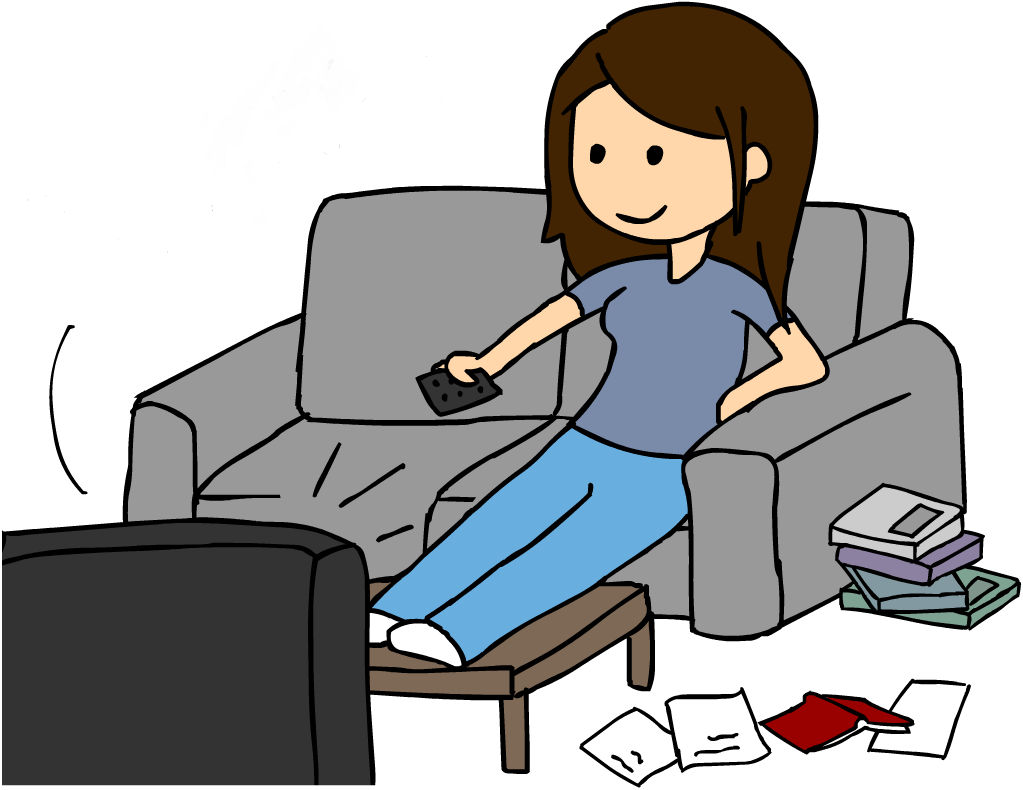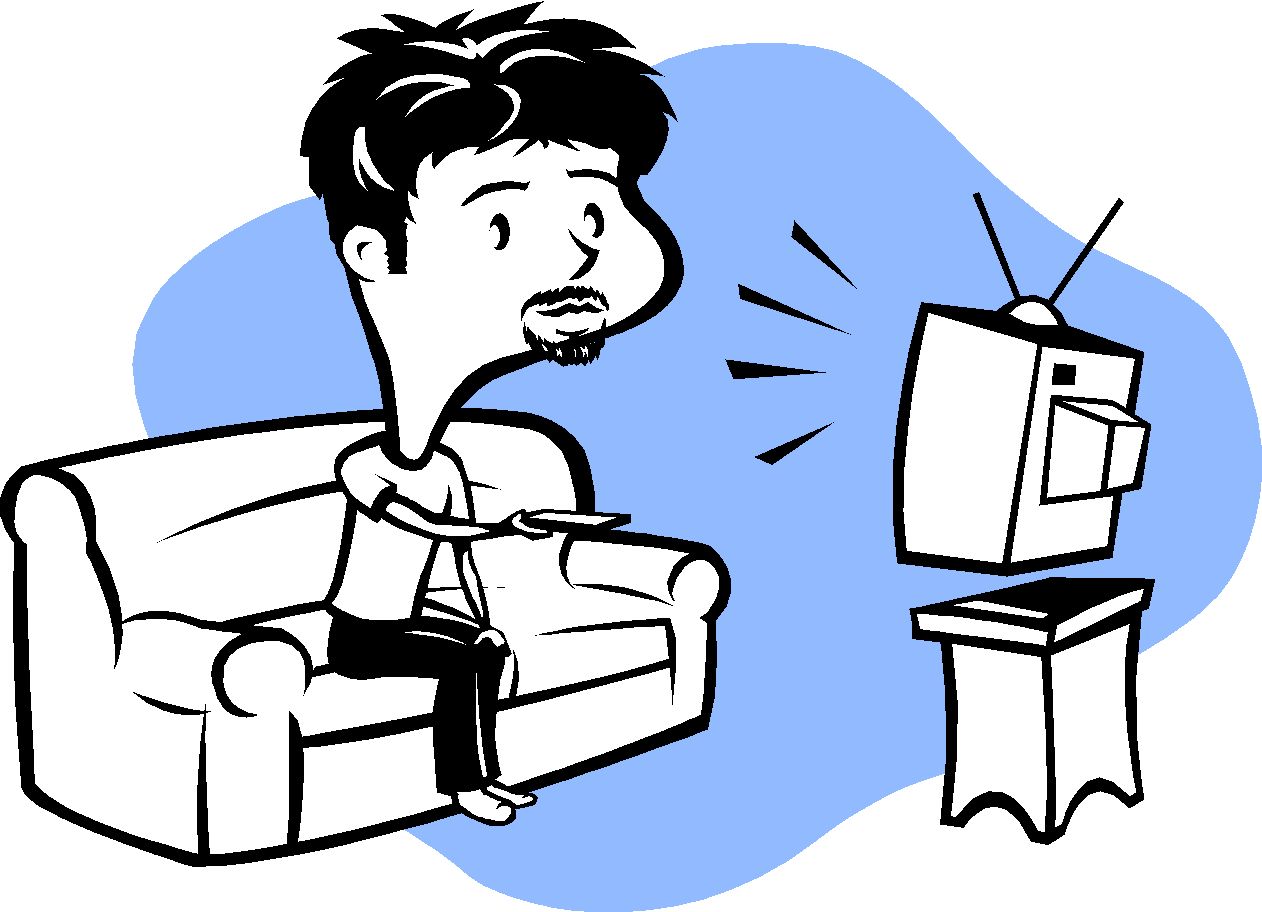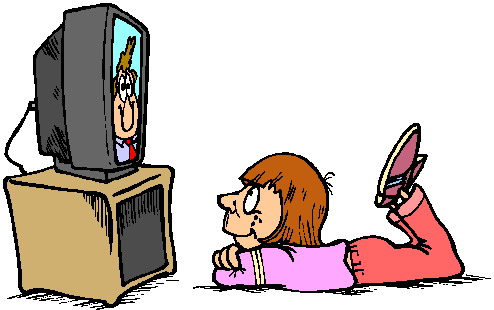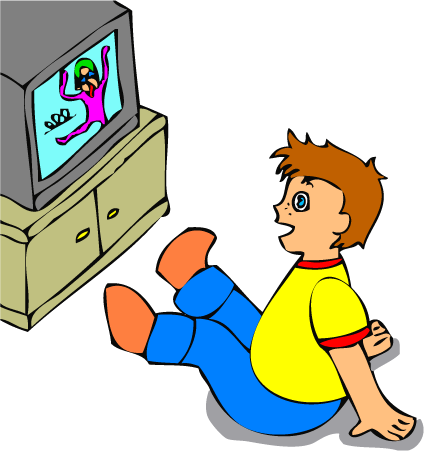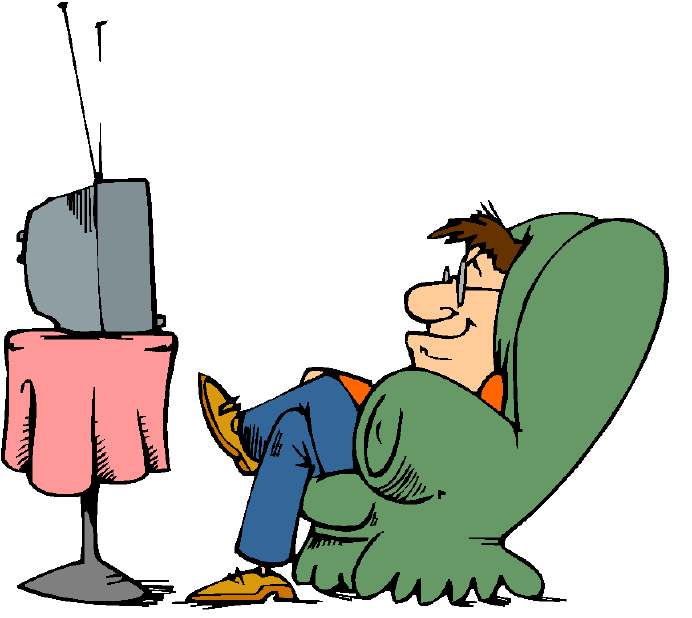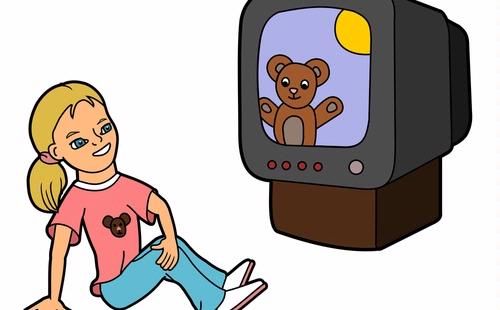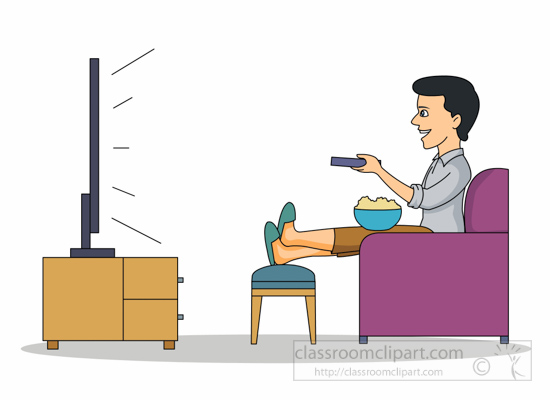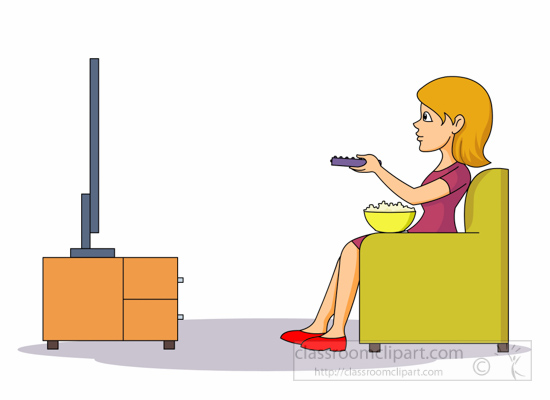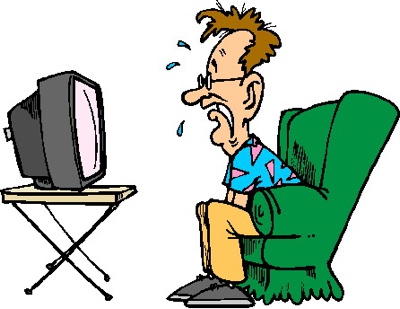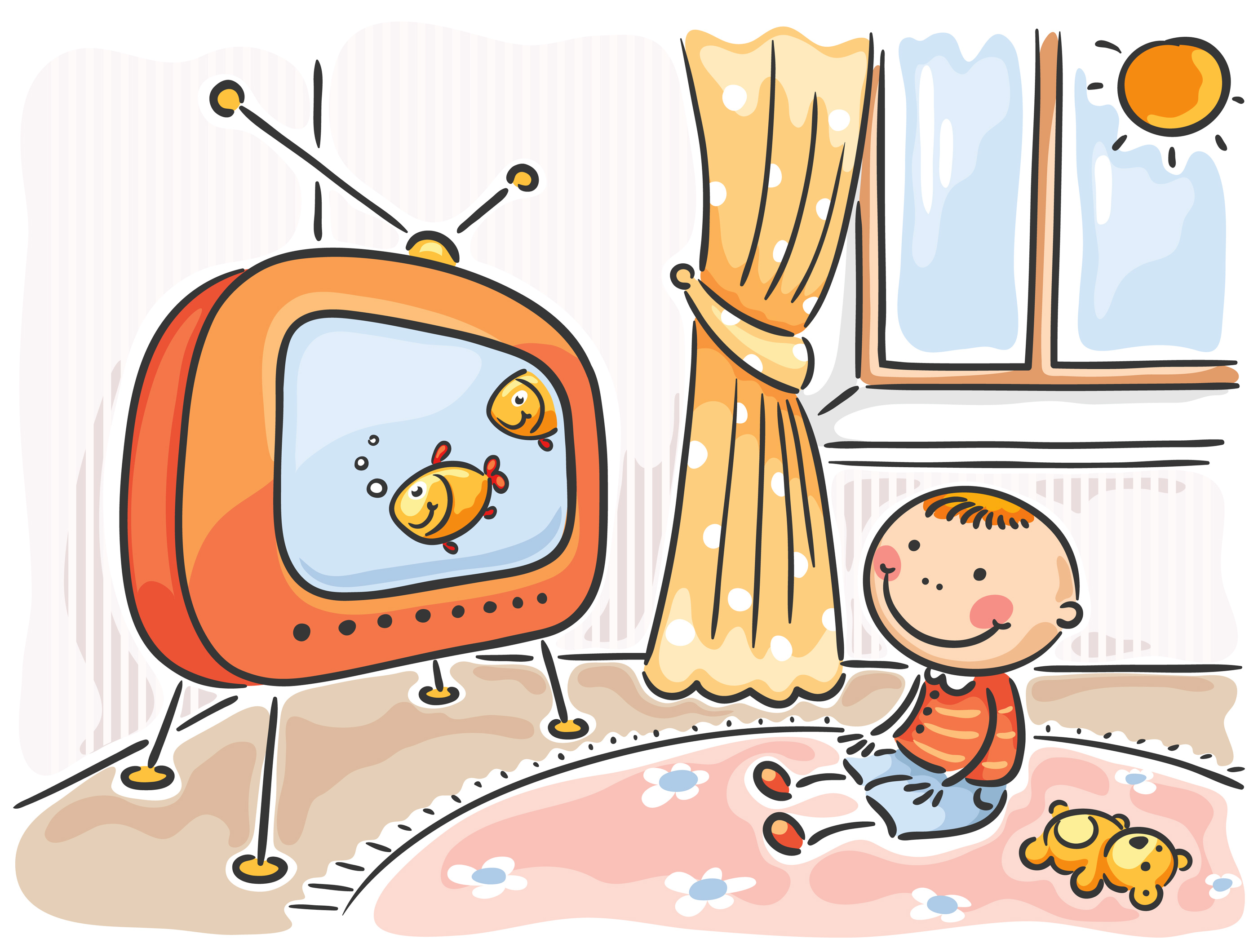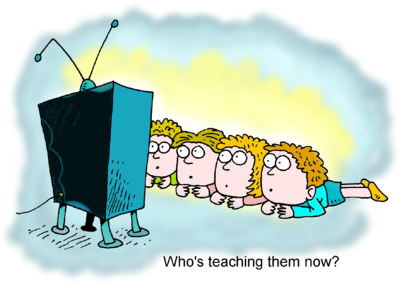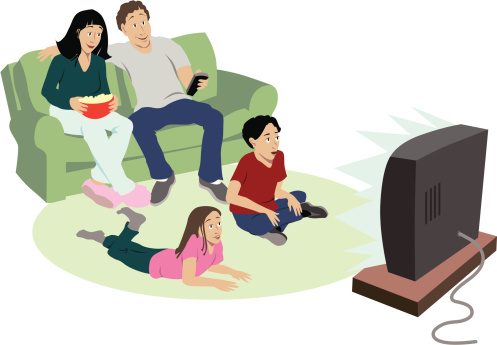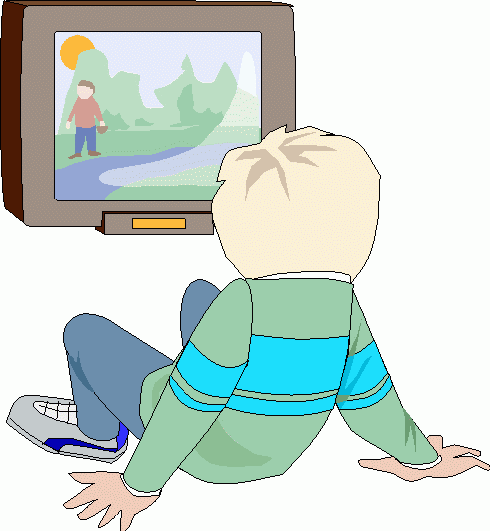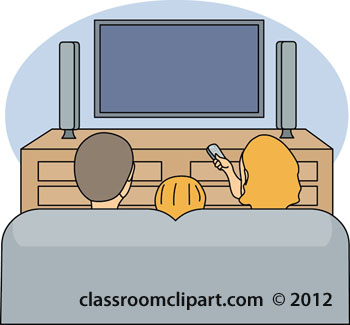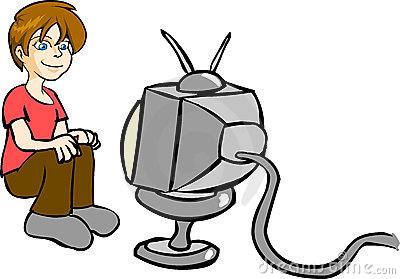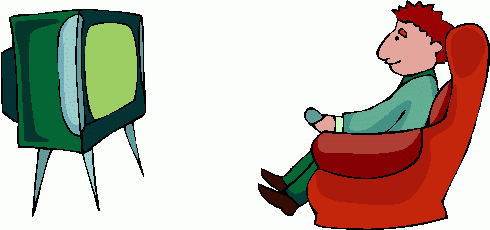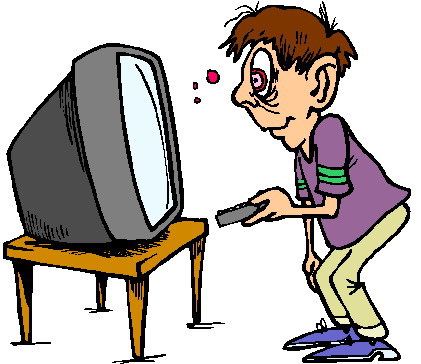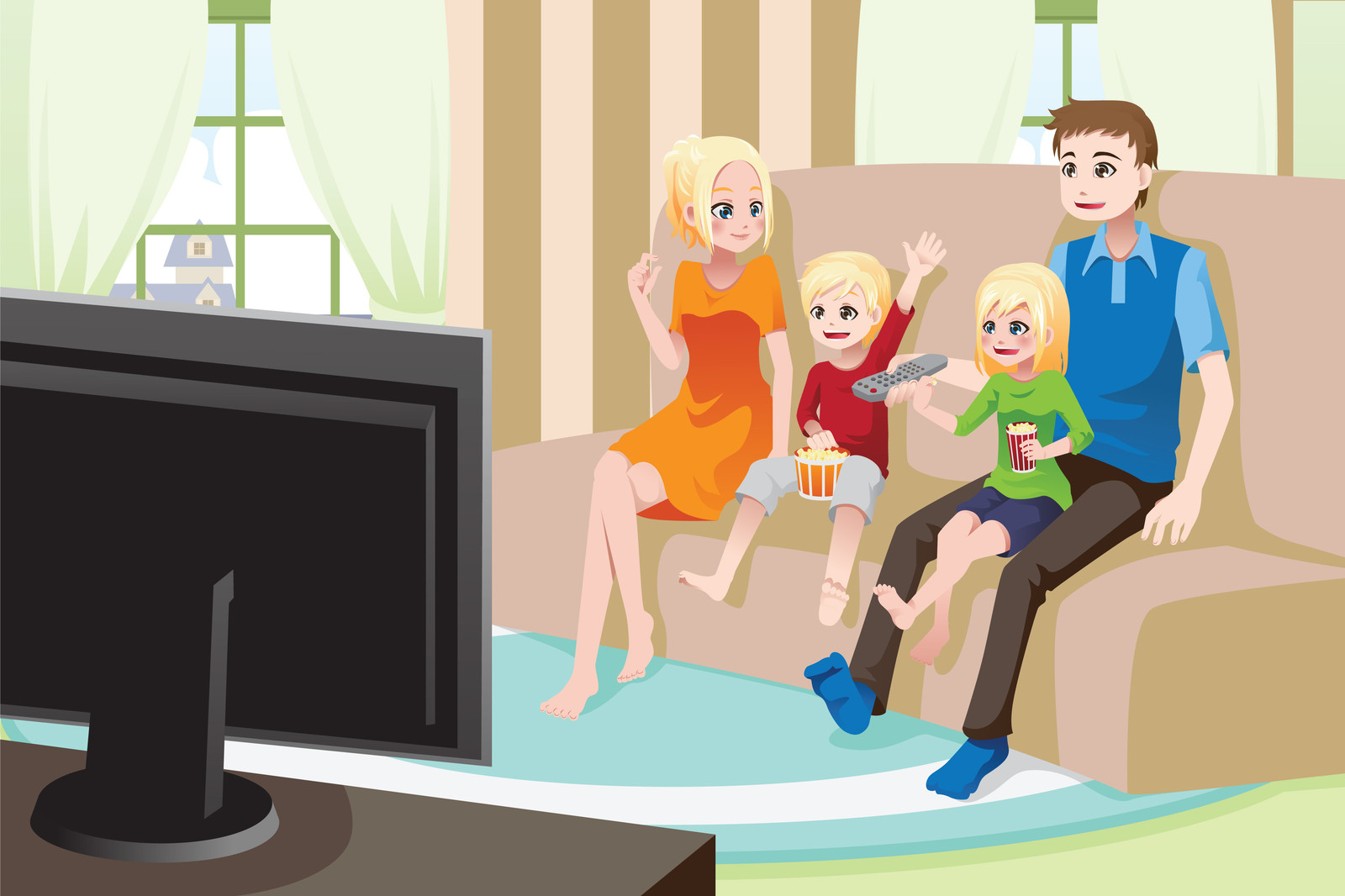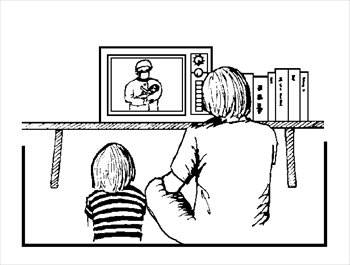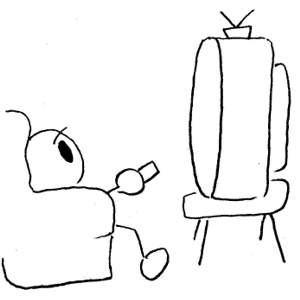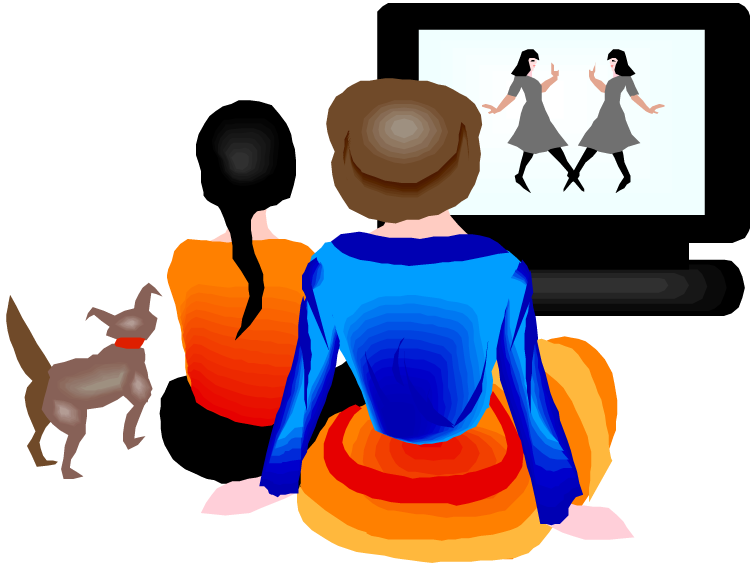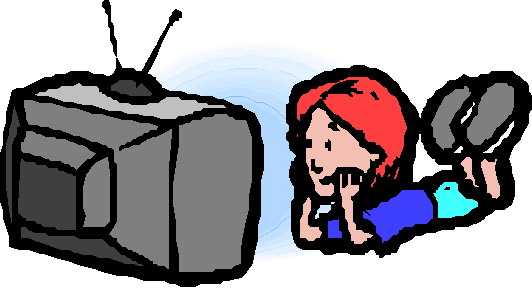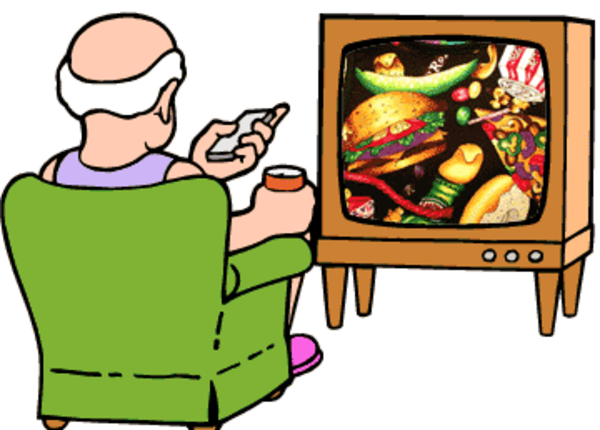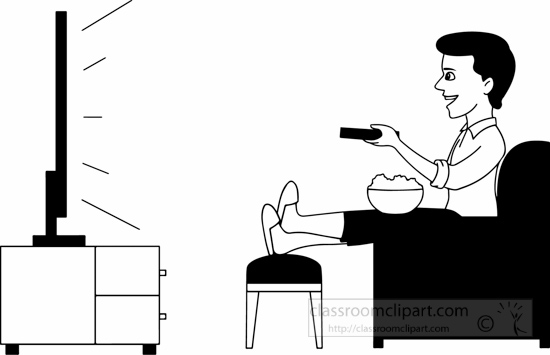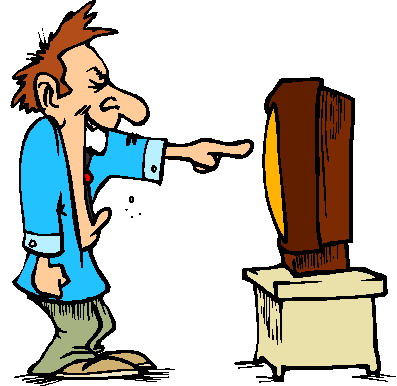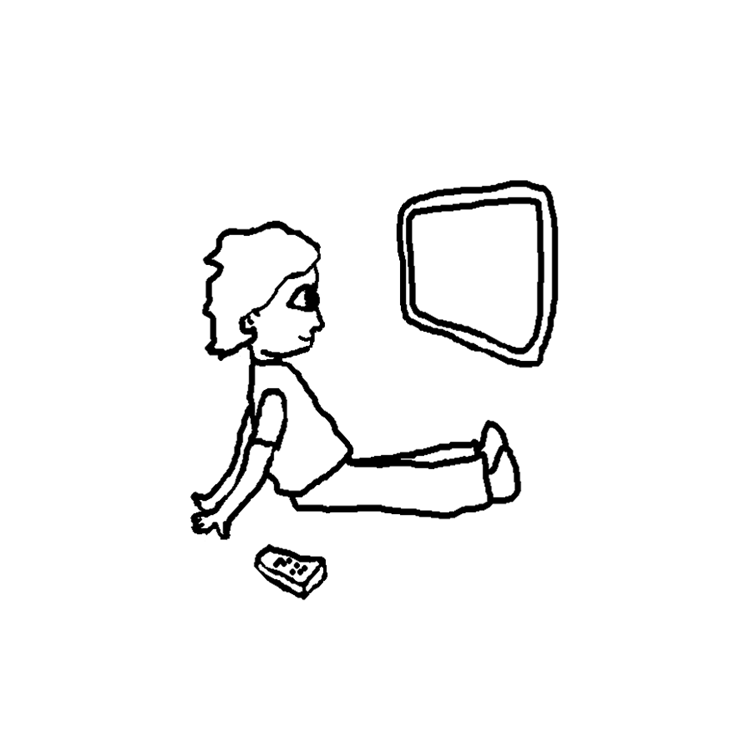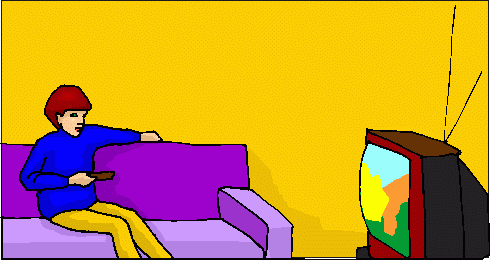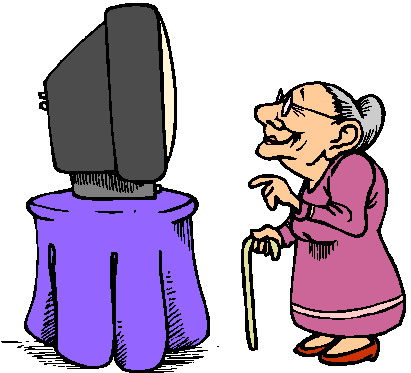Watching Tv Clipart
As a virtual assistant, I may not be able to watch TV in the literal sense, but I can certainly talk about the pleasures and pitfalls of consuming content on the small screen. Television has been a staple form of entertainment for over half a century, and its reach has only grown with the rise of streaming services and on-demand programming. While some may criticize watching TV as a passive activity, others argue that it can be just as engaging and thought-provoking as reading a book or attending a play.
One of the primary advantages of watching TV is its accessibility. With hundreds of channels and streaming platforms, there is an almost endless supply of content to choose from. This means that viewers can find programs that cater to their interests and preferences, from reality shows to sitcoms to gritty dramas. Additionally, many TV shows have become cultural touchstones, creating shared experiences and conversations among viewers. It's hard to imagine the phenomenon of Game of Thrones or The Office without the communal buzz and discussions that followed each episode.
Another benefit of watching TV is its potential for education and enlightenment. Documentaries, news programs, and historical dramas can provide valuable insights into the world around us, introducing viewers to new ideas, perspectives, and experiences. Shows like Cosmos or Planet Earth can foster a sense of wonder and curiosity about the natural world, while other programs can challenge our assumptions and beliefs about politics, race, and society.
However, watching TV is not without its drawbacks. One of the main criticisms of the medium is that it can be a time sink, leading to hours of mindless binge-watching. Many viewers also experience feelings of guilt or shame for indulging in TV instead of more productive activities like exercise or reading. Furthermore, some people argue that the prevalence of TV has contributed to a decline in interpersonal communication and community engagement.
In addition, some critics argue that TV often reinforces problematic societal norms and perpetuates harmful stereotypes. For example, shows that objectify women or glorify violence can have a negative impact on young viewers, shaping their perceptions of gender roles and behavior. Furthermore, the predominance of white, male protagonists can leave people of color or women feeling marginalized or excluded from the TV landscape.
Despite these criticisms, watching TV remains a beloved pastime for millions of people around the world. With the rise of streaming services and new formats like interactive and virtual reality TV, the medium continues to evolve and adapt to the changing demands of its audience. While it is important to be mindful of the potential risks of watching TV, we can also celebrate the creative and innovative programming that continues to captivate and inspire us.
34 Watching Tv Clipart vector / images. Browse the popular clipart of watching tv and get Watching Tv Clipart for your personal use. Please share these Watching Tv Clipart to your friends if it is useful.
